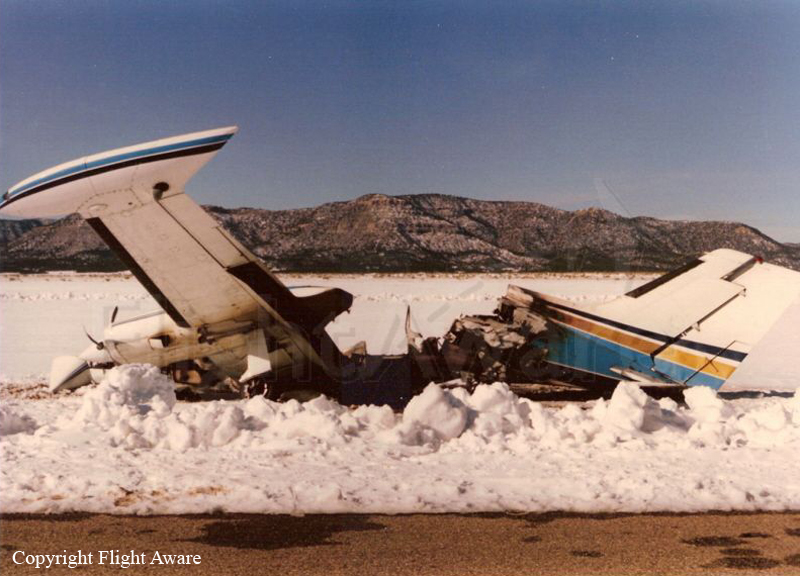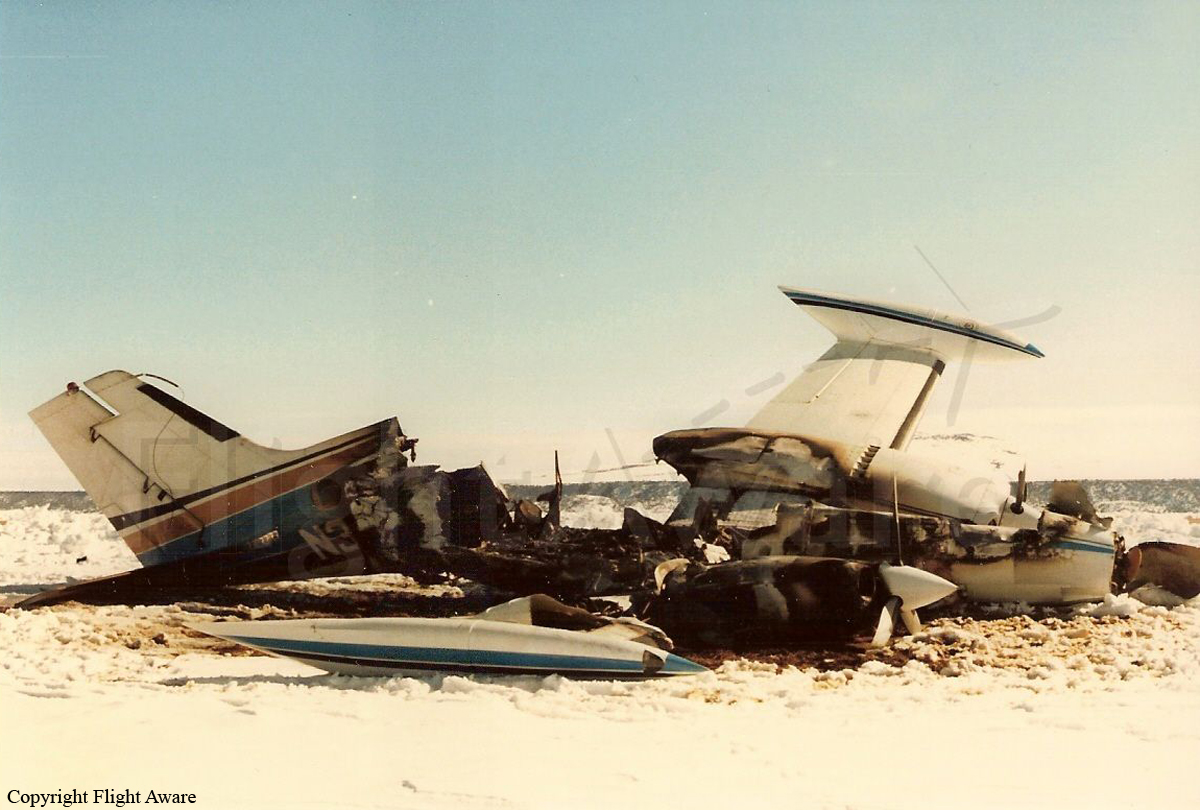Crash of a Lockheed HC-130P Hercules near Magdalena: 11 killed
Date & Time:
Apr 2, 1986
Registration:
66-0211
Survivors:
No
Schedule:
Kirtland - Kirtland
MSN:
4161
YOM:
1966
Crew on board:
11
Crew fatalities:
Pax on board:
0
Pax fatalities:
Other fatalities:
Total fatalities:
11
Circumstances:
The four engine aircraft departed Kirtland AFB on a test flight. While cruising at low altitude, the aircraft encountered turbulences and suffered a wing failure. It crashed in a hilly terrain located some 15,5 miles north of Magdalena. All 11 crew members were killed.





